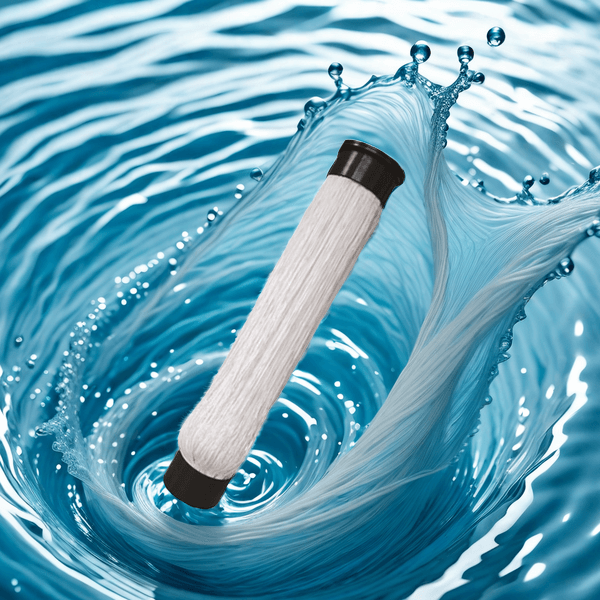Standard for curtain type MBR membrane component devices
The curtain type MBR membrane module is an important innovation in modern sewage treatment technology, and its high efficiency and energy-saving characteristics make it widely used in industrial and municipal sewage treatment fields. This article will provide a detailed introduction to the standards of curtain membrane MBR membrane module devices, as well as their advantages and applications in wastewater treatment.
Structural characteristics of curtain type MBR membrane components
The curtain type MBR membrane module adopts a unique curtain type design, mainly composed of the following parts:
1. Membrane fiber: usually made of materials such as PVDF or PES, with a pore size between 0.1 and 0.4 μ m.
2. Membrane frame: used to fix and support membrane fibers, ensuring uniform distribution of membrane fibers.
3. Collecting pipe: Collect filtered clean water.
4. Aeration device: Provides bubble cleaning to reduce membrane fouling.
Standard for curtain type MBR membrane component devices
1. Membrane flux: generally between 10-25 L/(m ² · h), adjusted according to the inlet water quality and treatment requirements.
2. Transmembrane pressure difference (TMP): During normal operation, it should be controlled between 20-40 kPa.
3. Aeration intensity: usually 0.5-1.0 Nm ³/(m ² · h) to ensure effective cleaning of the membrane surface.
4. MLSS concentration: It can operate within the range of 8000-12000 mg/L, higher than traditional activated sludge method.
5. Hydraulic retention time (HRT): Generally 4-8 hours, depending on treatment requirements.
6. Sludge age (SRT): can reach 20-40 days, which is beneficial for the removal of difficult to degrade substances.

The advantages of curtain type MBR membrane components
1. Good effluent quality: can effectively remove suspended solids, bacteria, and macromolecular organic matter.
2. Small footprint: No need for secondary sedimentation tank, compact system.
3. Strong resistance to impact loads: adaptable to the characteristics of large fluctuations in water quality.
4. Low sludge production: Long sludge age operation reduces residual sludge.
5. High degree of automation: easy to operate and maintain.
application area
1. Municipal sewage treatment: Especially suitable for areas with high water quality requirements and limited land use.
2. Industrial wastewater treatment: industries such as textile printing and dyeing, food processing, pharmaceuticals, etc.
3. Reuse of reclaimed water: The treated water quality can meet the reuse standards, achieving water resource recycling.
4. Small scale decentralized sewage treatment: suitable for rural areas, scenic areas, and other areas.
Precautions for operation and maintenance
1. Regular cleaning: Use chemical or physical cleaning methods to maintain membrane performance.
2. Optimize operating parameters: Adjust membrane flux, aeration rate, and other parameters based on the inflow characteristics.
3. Key monitoring indicators: Real time monitoring of transmembrane pressure difference, pH value, dissolved oxygen and other parameters.
4. Prevention of membrane fouling: Carry out pre-treatment and control the inlet water quality.
